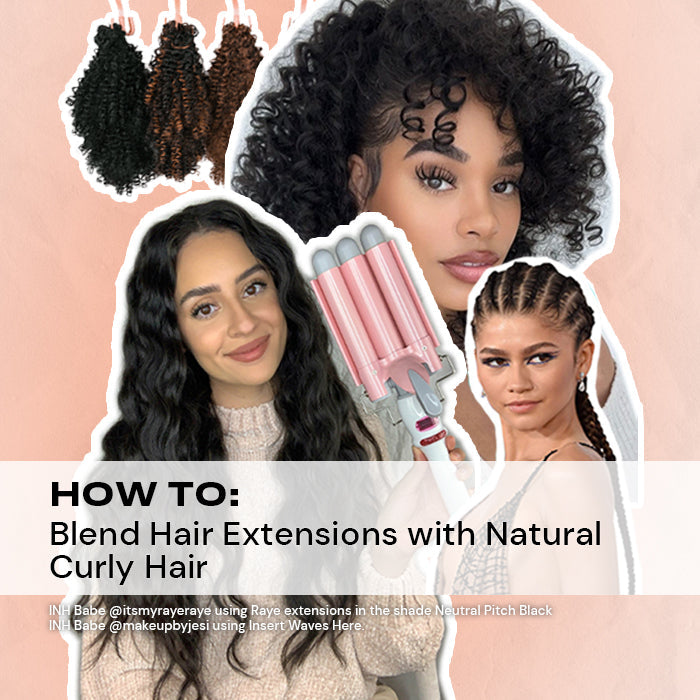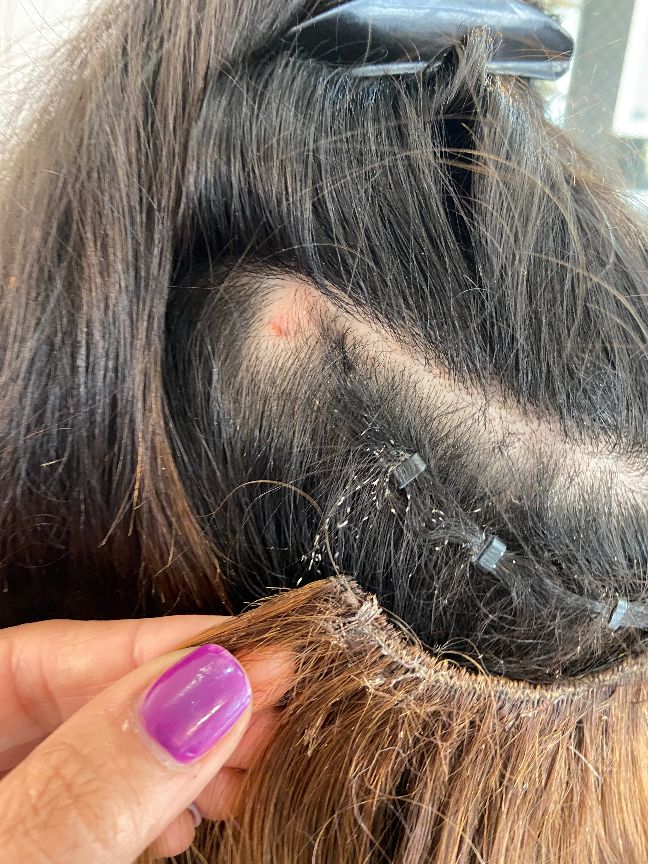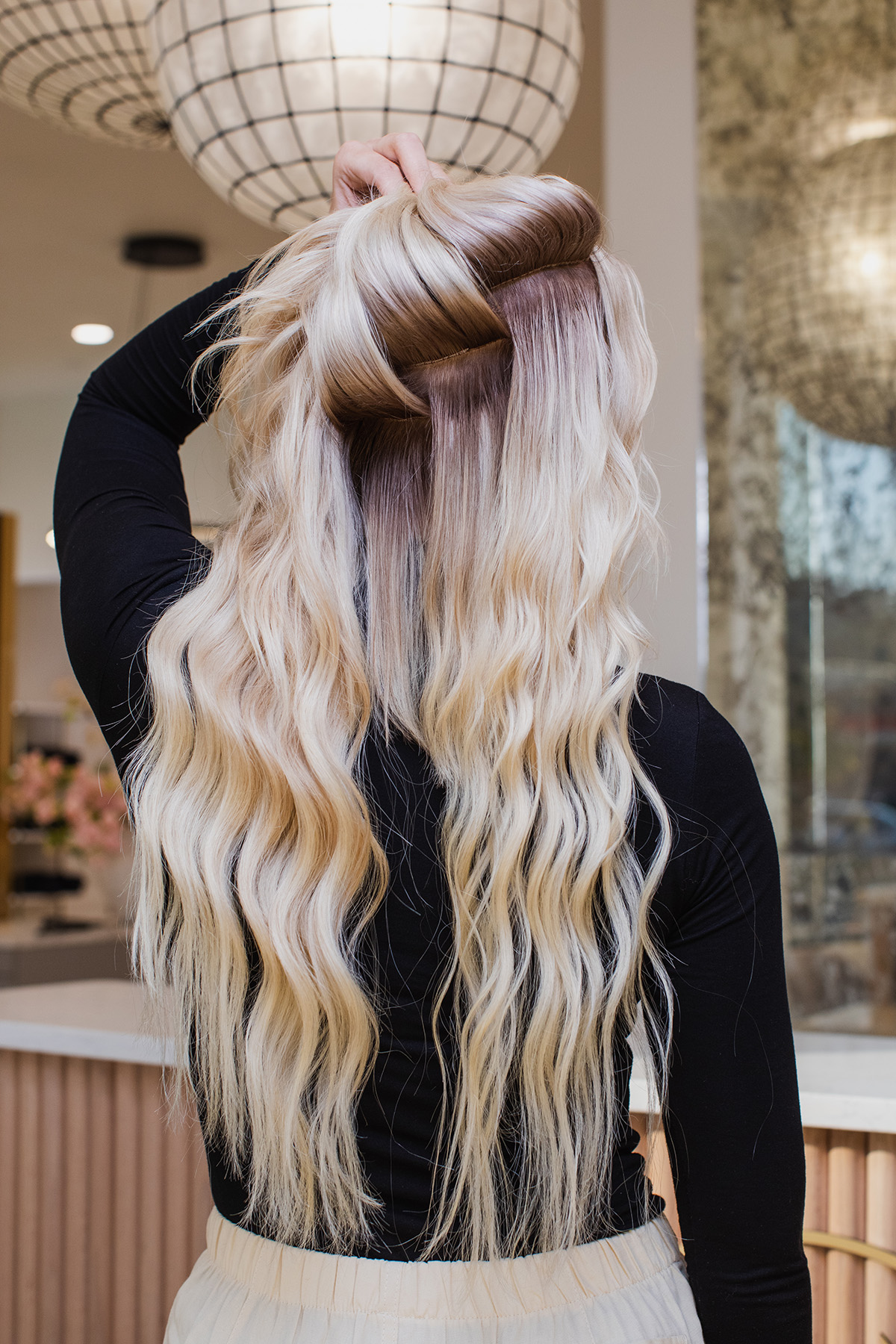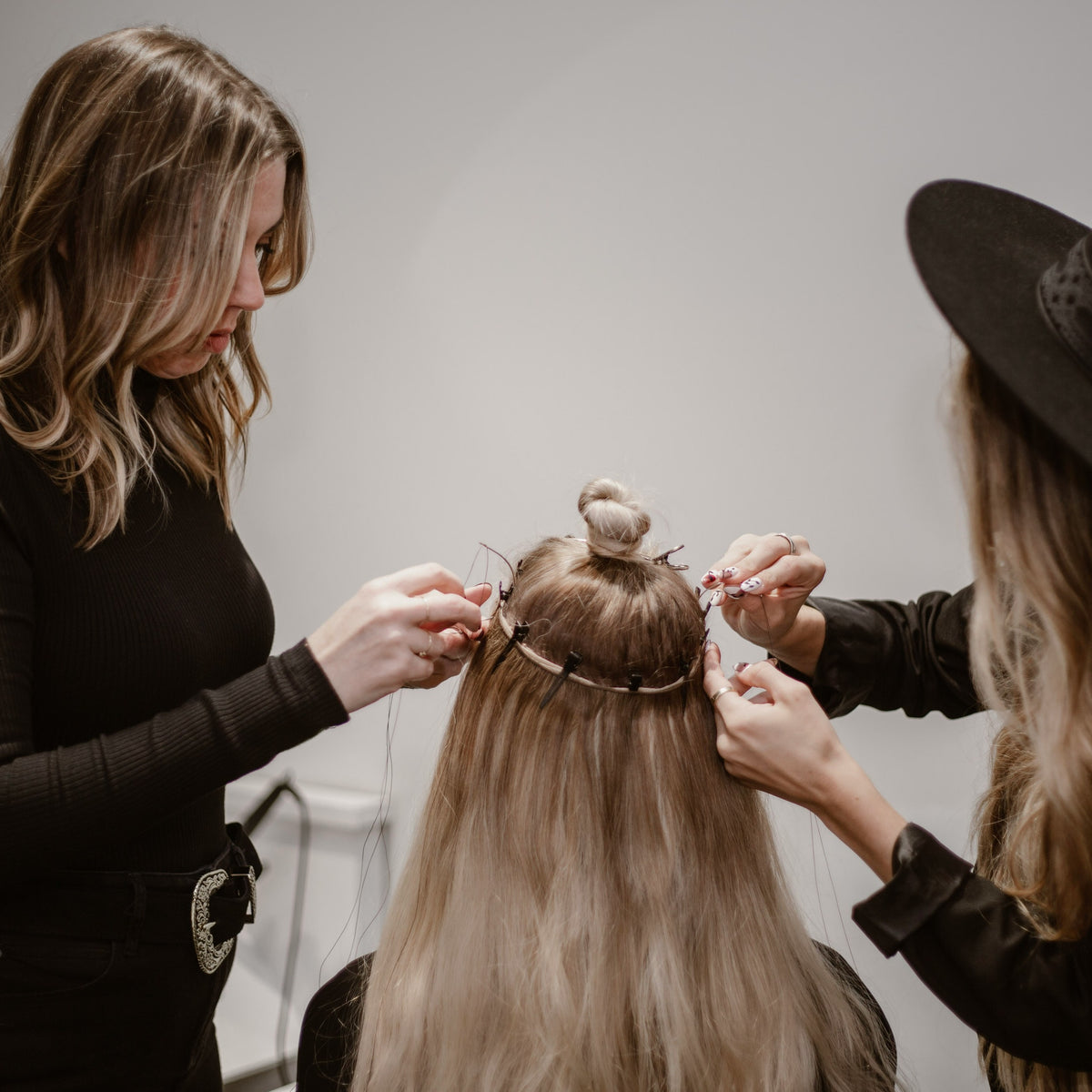Understanding And Preventing Common Hair Extension Mistakes

Hair extensions are one of the most effective beauty tools for women who love fashion, versatility, and a polished personal style. When used correctly, they elevate confidence, add volume, enhance length, and allow creative freedom without compromising natural hair health. When used incorrectly, however, they can trigger breakage, scalp irritation, visible tracks, hairline stress, and long-term thinning. The difference between success and failure is not the extensions themselves, but the decisions made before, during, and after wearing them.
This article exists to remove confusion. It explains the most common hair extension mistakes, why they happen, and how to prevent them using real-world, experience-backed guidance. If you wear hair extensions regularly—or plan to—this page is designed to help you make informed, protective choices that support both hair health and personal style.
What To Choose And Why
Most hair extension problems begin at the selection stage. Many women choose extensions based purely on appearance, trends, or influencer imagery without considering weight, density, attachment method, or lifestyle compatibility. Hair extensions should never be treated as impulse accessories; they must function in harmony with your natural hair and daily routine.
The right extensions feel balanced on the scalp, blend seamlessly with your hair texture, and align with how often you plan to wear them. Lightweight sets are ideal for frequent or daily use, while fuller, denser extensions work best for occasional styling, events, or photoshoots. Attachment methods matter just as much. Clip-ins offer flexibility and control, while tape-ins and wefts require greater commitment, precise installation, and consistent care.
Women who explore a well-structured hair extensions collection tend to choose more wisely because they understand that extensions are not one-size-fits-all. The correct choice reduces scalp tension, improves comfort, enhances blending, and significantly lowers the risk of damage over time.
What Works Vs What Doesn’t



What Works
Hair extensions perform best when they are treated as part of a complete hair system rather than a shortcut solution. Proper blending, even weight distribution, and realistic expectations consistently produce the healthiest and most natural-looking results. Extensions that closely match your natural hair density, thickness, and texture move naturally, sit discreetly, and remain comfortable throughout the day.
Correct placement across the scalp is essential. Spreading weight evenly prevents pressure points and reduces strain on fragile areas such as the hairline and crown. Gentle detangling, regular maintenance, and mindful heat styling protect both your natural hair and the extensions themselves. Women who follow these fundamentals often wear extensions for years without experiencing long-term thinning or breakage.
What Doesn’t
Extensions fail when foundational rules are ignored. Wearing extensions that are too heavy, excessively tight, or poorly matched leads to headaches, scalp soreness, visible tracks, and traction stress. Sleeping without securing extensions, brushing aggressively, or repeatedly applying high heat accelerates fiber breakdown and natural hair damage.
Another major mistake is ignoring discomfort. Pain, itching, or burning sensations are not normal side effects. They are early warning signs that something is wrong.
Common Hair Extension Mistakes And How To Prevent Them


Choosing Extensions Based On Looks Alone
Extensions that photograph beautifully online may be completely unsuitable for your hair type. Prioritizing color and length over structure, weight, and attachment often leads to discomfort and poor blending. Prevention starts with understanding your natural hair density and choosing extensions that complement it rather than overpower it.
Ignoring Scalp Signals
Persistent itching, soreness, or irritation is one of the earliest indicators of extension misuse. Many women only understand the cause after reading why does my scalp itch with hair extensions and fixes prevention, because discomfort is typically linked to tension, product buildup, incorrect placement, or poor scalp hygiene. Addressing these signs early prevents long-term damage.
Wearing Extensions Continuously Without Breaks
Hair and scalp tissue need recovery time. Continuous wear without rest increases the risk of thinning, breakage, and follicle fatigue—even when extensions are high quality. Scheduled breaks allow the scalp to rebalance and natural hair to regain strength.
Poor Placement And Blending
Incorrect placement concentrates weight in sensitive areas and disrupts natural growth patterns. Extensions should follow the direction of hair growth and be strategically spaced to avoid strain. Proper blending is not just visual; it is structural.
Treating Extensions As Disposable Fashion
Extensions are not fast fashion accessories. Understanding why hair extensions have become a fashion staple helps shift mindset from short-term novelty to responsible, long-term styling. This perspective leads to better care habits and healthier outcomes.
Overdoing Extensions For Special Occasions
Events often encourage excess volume and length. Women who understand why hair extensions are perfect for special events photoshoots know that strategic enhancement always looks more elegant than overload. Balance preserves comfort, realism, and hair health.
Hair Health And Professional Insight



Dermatology professionals consistently warn that prolonged tension, improper attachment, and repeated stress contribute directly to breakage and scalp inflammation. Guidance from the American Academy of Dermatology reinforces the importance of minimizing tension, avoiding repetitive stress, and responding promptly to discomfort when wearing hair extensions.
Extensions themselves are not inherently damaging. Poor decisions are.
Final Takeaway
Hair extensions should enhance your appearance, not compromise your hair health. Nearly every extension-related issue is preventable through informed selection, attention to comfort, and responsible wear habits. The difference between damaged hair and beautiful, long-term results is rarely the extension—it is the decision-making behind it.
When worn thoughtfully, hair extensions work with your hair, not against it.
Frequently Asked Questions
Are hair extensions bad for natural hair?
No. When chosen correctly and maintained properly, hair extensions do not damage natural hair.
Why do my extensions feel uncomfortable?
Discomfort usually signals improper placement, excess weight, or unnecessary tension.
How often should I take breaks from extensions?
Short breaks between long-term wear help preserve scalp health and prevent thinning.
Can extensions cause hairline damage?
Yes, if worn too tightly, too frequently, or without proper weight distribution.
Do all extension types require the same care?
No. Each type has specific care requirements depending on attachment method and wear duration.
Is itching normal with extensions?
Occasional adjustment sensations can occur, but persistent itching is a warning sign that should not be ignored.





